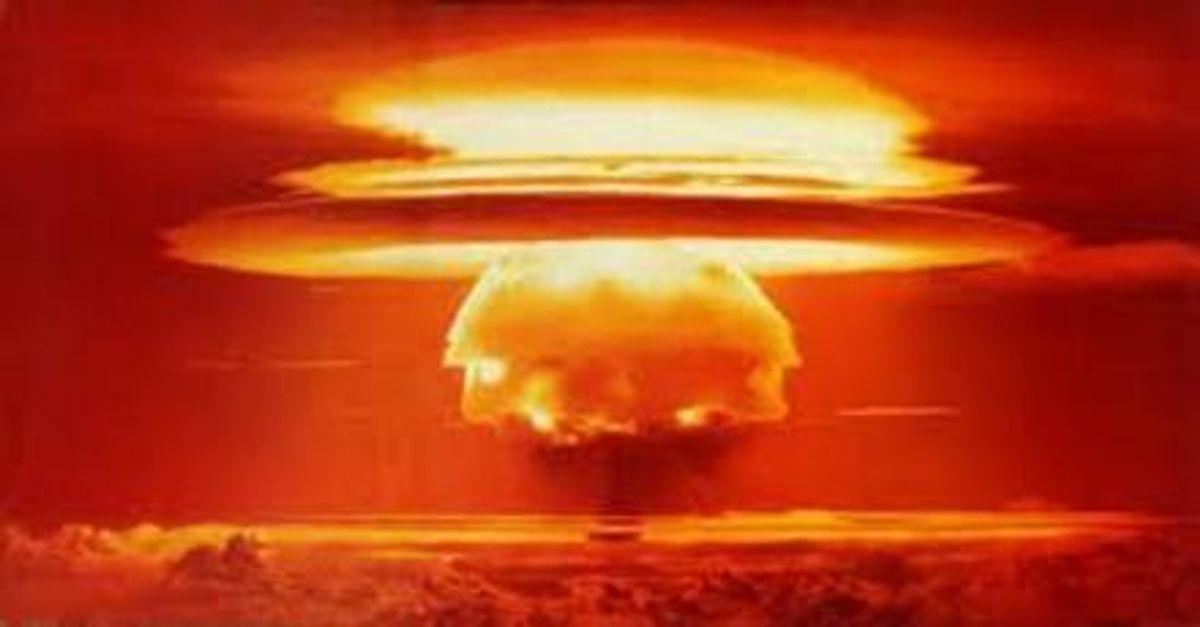Though the Cold War is long over and the specter of a global nuclear holocaust no longer uppermost in anybody’s mind, the peaceful atom’s dark side remains worrisome—and not just because of the crisis spots like Iran that happen to be dominating today’s headlines. Plutonium and highly enriched uranium, the stuff of nuclear weapons, produced by means of the same technologies used to make nuclear electricity, continue to be manufactured and stockpiled. And the tasks of reining in that production and reducing the availability of weapons-grade materials continue to be challenging.
Two recent reports assess the current state of affairs, worldwide. One, from the International Panel On Fissile Materials, and co-authored by Zia Mian and Alexander Glaser of Princeton University’s Program on Science and Global Security, was released late last year: It is a tallying and a primer of nuclear weapons and materials production. The other, “The Nuclear Security Summit: Assessment of National Commitments,” was released this week by the Arms Control Association.
Among the positive news items mentioned in the ACA report: Chile has completely eliminated its stockpile of highly enriched uranium, and Ukraine is expected to have done the same by the end of this year; the United States and Russia have signed a protocol obliging each to disposed of 34 metric tons of plutonium (enough for 17,000 new nuclear weapons, according to ACA’s calculations); and Russia has terminated plutonium production. Released in anticipation of the Nuclear Security Summit that will take place in Seoul the week after next, the report finds that 80 percent of 67 national commitments made at the last such summit two years ago have been met.
The Princeton report, Global Fissile Material Report 2011, not only brings us up to date on total and country stocks of plutonium and highly enriched uranium, but also provides useful information on just what you need and how much to build different weapons. It cites official U.S. findings that 4 kg of plutonium suffices to make a contemporary nuclear explosive device (which is roughly consistent with the ACA estimate above), or 12 kg of highly enriched uranium. The report’s basic description of the thermonuclear weapon (or hydrogen bomb) is, simply, the best I’ve seen in 40 years of writing about nuclear weapons and arms control.
According to the report, an h-bomb typically consists of fission trigger or “primary” made of plutonium and a “secondary,” the fusion component, made of uranium, deuterium, and lithium-6 (which converts to tritium and helium under neutron bombardment). Based on known U.S. and Russian deployments of thermonuclear weapons, the average h-bomb contains 4 kg of plutonium and 25 kg of highly enriched uranium.
To put those estimates in a context, take Pakistan, the country that is building up its nuclear arsenal the most aggressively today. It currently has about 100 nuclear bombs but has a stockpile of 1750-3750 kg of highly enriched uranium and 90-180 kg of plutonium. That’s enough material for Pakistan to make, right now, 167-367 additional atomic (fission) bombs. The number of hydrogen bombs it could make is limited at present by the amount of plutonium it has in hand for the primaries. But it brought a second plutonium-production reactor into operation about two years ago, a third is nearing completion, and work has started on a fourth.
Apparently because of its strategic importance and its delicately balanced political culture, in which the military plays such a key role, Pakistan largely escapes attention as the world's most energetic nuclear proliferator.



